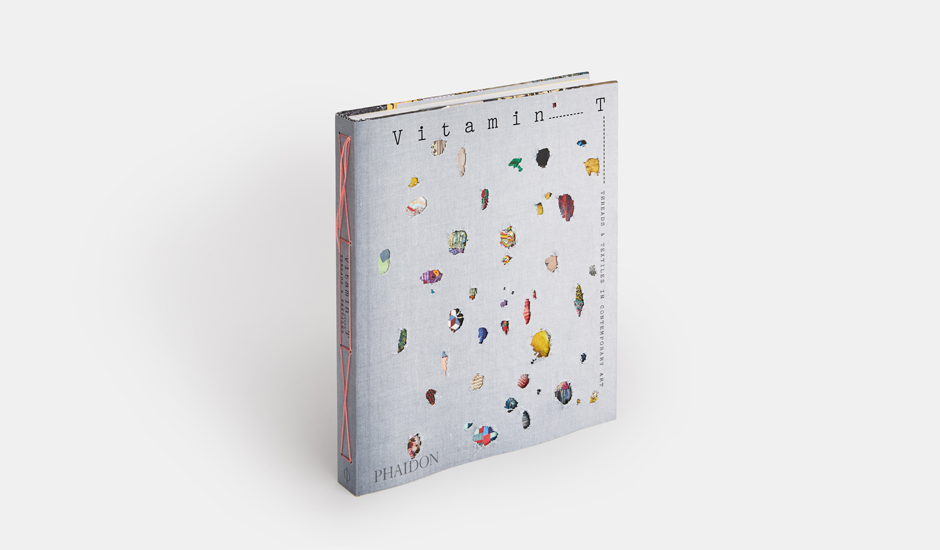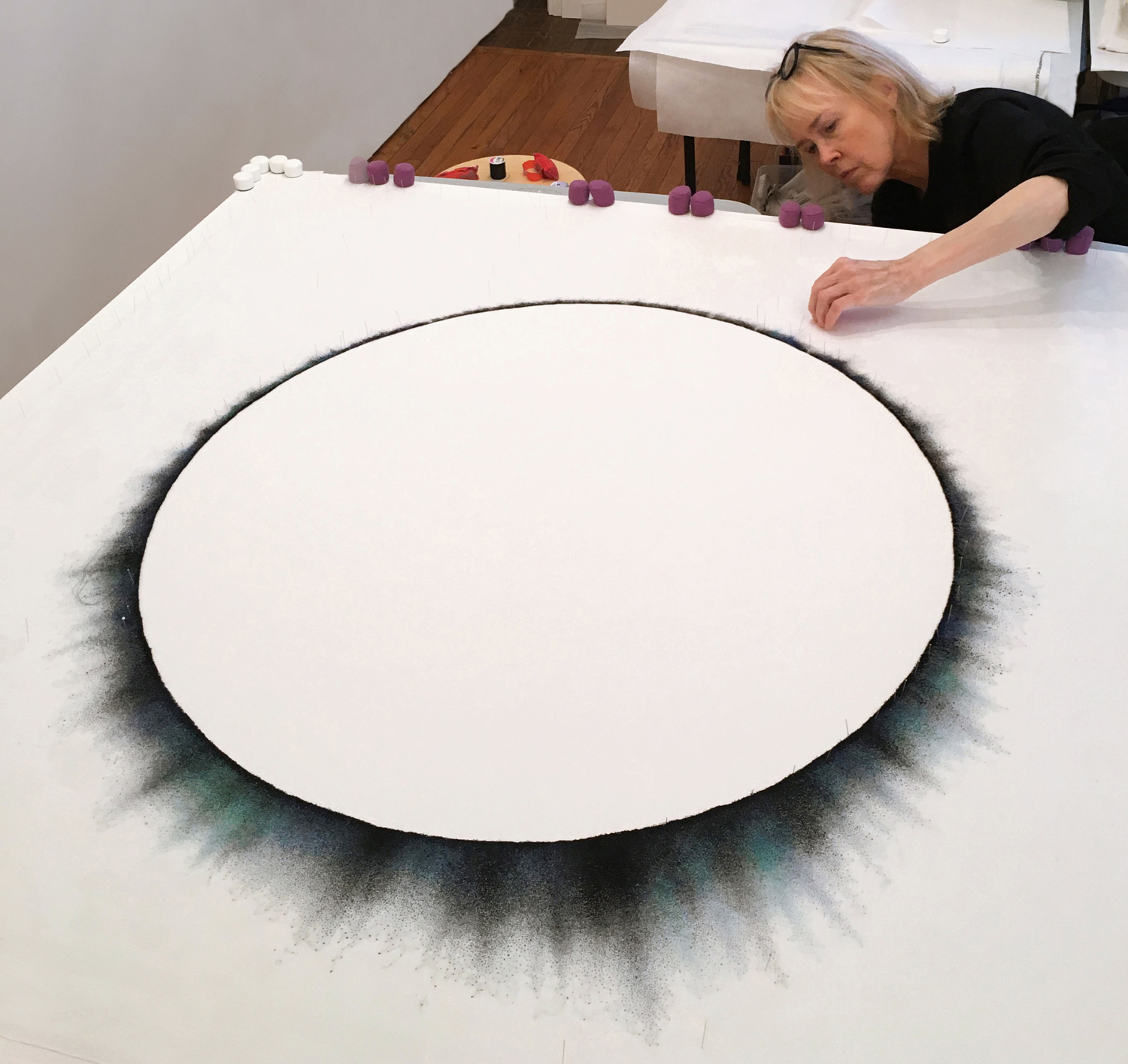
Talking Textiles with Anne Wilson
Cloth's ubiquity, and its close proximity to bodies, is its great strength and great challenge says this Chicago artist
Although highly abstract, the work of weaver Anne Wilson is always accompanied by an awareness of its socio-political, geographical and relational dimensions. This means that she employs weaving both as a metaphor for continuous liminality – a material always in the process of coming into being, or unravelling - and as a mode of production; quite simply, an industry.
Wilson’s series of ‘Walking’ pieces are sets of actions constructing a weaving warp - one of the basic components used in weaving - to turn thread or yarn into fabric, where each rendition is designed in response to the space or city in which the performance takes place. In ‘To Cross (Walking New York)’ (2014) at The Drawing Center, performers slowly circled around a group of four columns, carrying spools of thread, which they would exchange in the middle to form a cross. While, as a durational performance, the work speaks to themes of collaboration, labour and time, appearing in the end as a sculpture, we see a fragile and beautiful structure that does the opposite: dividing the room and obscuring our view.
When Wilson staged a walking performance at the Whitworth Art Gallery in Manchester in 2012, as a symbol of the collapsed textile production in that part of England, the thread was entirely absent. Instead, repetitive interactions between eighteen dancers accumulated to form their own delicate assembly line. Here textile is not a material but a relational practice.
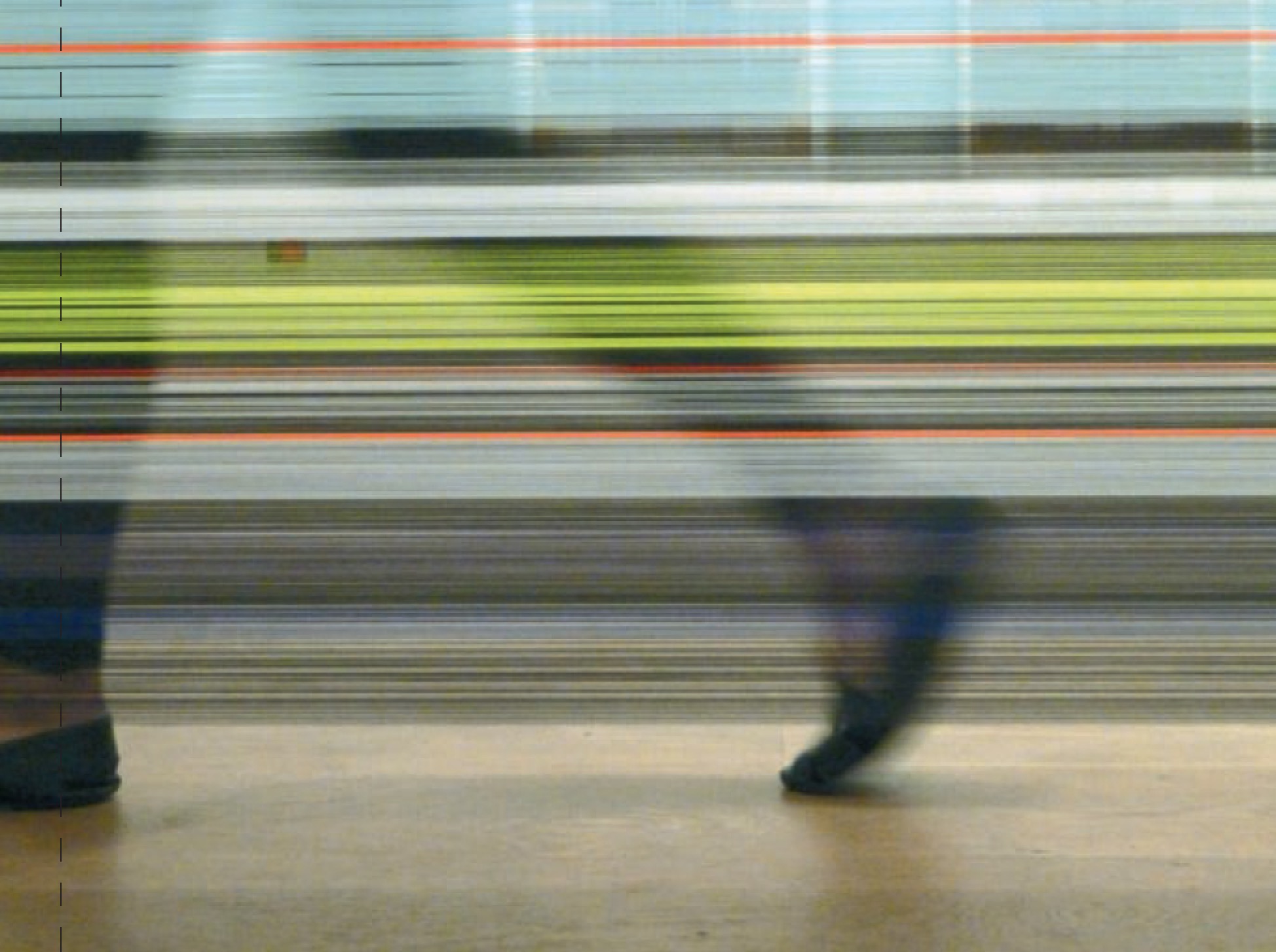
Here, the Vitamin T: Threads and Textiles in Contemporary Art featured artist tells us about how textile art has the ability to speak to issues of our own humanness, why the interest in textile art might be due to the saturation of the digital and reveals why artists Ritzi and Peter Jacobi were very important early mentors to her.
Who are you and what’s your relationship with threads and textile art? I’m an artist and professor of art. Although I work between sculpture, drawing, installation and performance, my work is always grounded in a textile language. In recent years, I’ve been creating material drawings using found cloth, thread, and human hair, alongside performing the infrastructure of textile production in durational public performances.__ __
What part does the tactility of the material play in your desire to work with it? The physicality of materials is essential to the content of my work. This physicality has tremendous ability to speak to issues of our own humanness in very direct ways - there is meaning in the work through a haptic sensibility, knowing what something is through the memory of knowing how it feels. As well, the found materials I use - lace, bed sheets, table linen, human hair - bring material culture studies into the conceptual arena of contemporary art, acknowledging the embedded histories of these materials and ways of making as critical frames for artwork.
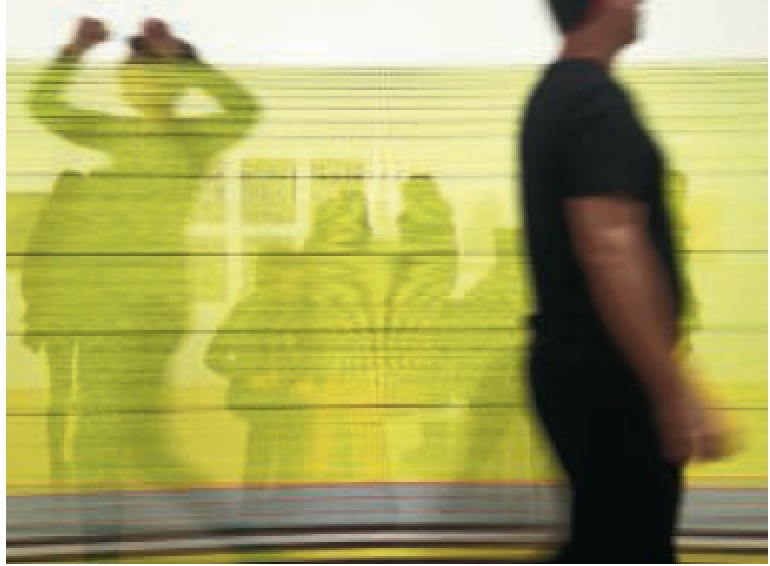
Why do you think there’s an increased interest in textile art right now? There is currently a renewed engagement with hand making and materiality in response to contemporary conditions - the saturation of the digital (the omnipotence of screens), the environmental urgency of reuse, and the political position of personal agency in making everyday things. As well, the greater critical acknowledgement of contemporary artists from Africa, Asia, and South America, where hand making traditions have historically held deep cultural, spiritual, and visual meaning, has contributed to a wider field of inclusion. Textiles are carriers of cultural narratives globally: textiles can tell a story about class, about belief systems, about gender, about identity, about labor, about economics and trade. There is also greater understanding that analog and digital processes afford rich visual potentials in textiles that are not possible in other mediums. So the increased interest in contemporary textiles extends from multiple perspectives.
Everyone uses textiles in their daily life, does that help or hinder their standing as a fine art material? The ubiquity of cloth, its close proximity to bodies, is both its great strength and great challenge. How does this close, sensory proximity contribute to intellectual and conceptual engagement? Through writing and current exhibitions, we are in a moment of rigorous critical re-examination about the significance of fiber and textiles within art history - unpacking the semiotics of cloth and intersections between cloth, culture, and fine art platforms globally. We are in a moment of greater acknowledgement of the significant contributions of women, people of color and theories extending from feminist, queer, and non-conforming identities to the art world - essentially re-thinking how art history is written and taught!
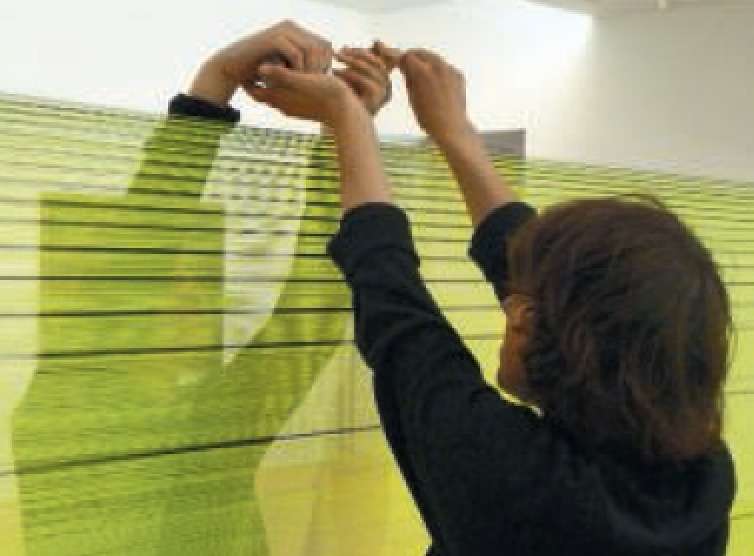
Whose textile art do you admire? Artists Ritzi and Peter Jacobi were very important early mentors to me. Romanica I from 1978 (goathair, paint with graphite on paper) is a large tapestry installation, a conflation of image and object, of the ordinary - dirt as image, finely woven at the bottom tapestry edges - and the extraordinary impact of monumental scale. The consummate tapestry weaving skill exploits the tactile capabilities of textile, breaking from the pictorial tapestry tradition and asserting a new power of woven form. I often return to the Jacobi’s work for inspiration.
What’s next for you, and what’s next for threads and textile art? My long-term goal is to continue to bring textile into my artwork in ways that contribute to a broad contemporary art and cultural discourse. I want to acknowledge both personal and cultural histories embedded in materiality and process, and to work freely across disciplinary boundaries, combining features of ancient handwork disciplines with what is most contemporary. My next solo exhibition will be with Rhona Hoffman Gallery in Chicago.
What’s next for threads and textile art is an evolving story! The field is incredibly full of potential with the contributions of diverse voices and intersections cross-culturally - from artist makers, from art historians, from art and cultural theorists. I particularly welcome the multi-generational contributions and international exchanges between artists and writers, and the impact to the field of art history of current and upcoming major fiber exhibitions (Anni Albers and Magdalena Abakanowicz at Tate Modern, Lenore Tawney at Kohler, Triennials of Fiber Art in Hangzhou, China, among many others).
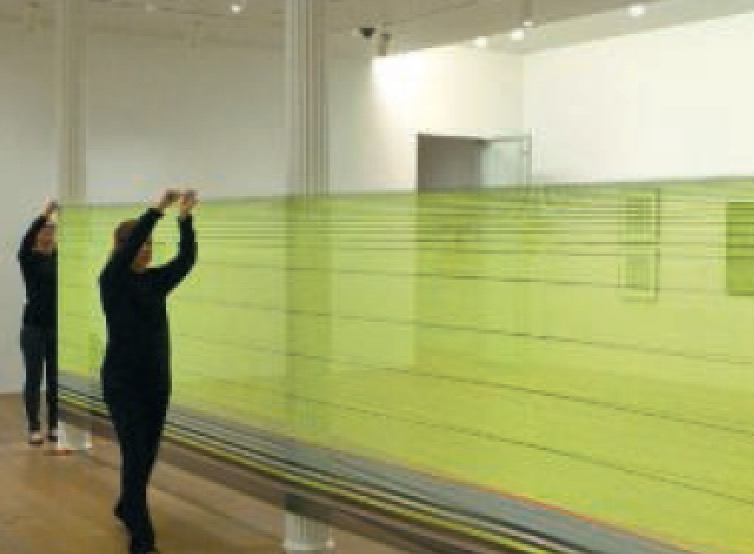
Vitamin T: Threads and Textiles in Contemporary Art is a global survey of more than 100 artists, chosen by art-world professionals for their work with threads, stitching, and textiles
Celebrating tapestry, embroidery, stitching and textiles as used by visual artists worldwide, Vitamin T is the latest in the celebrated series in which leading curators, critics, and art professionals nominate living artists for inclusion. Vitamin T: Threads and Textiles in Contemporary Art is a vibrant and incredibly timely survey – the first of its kind.
